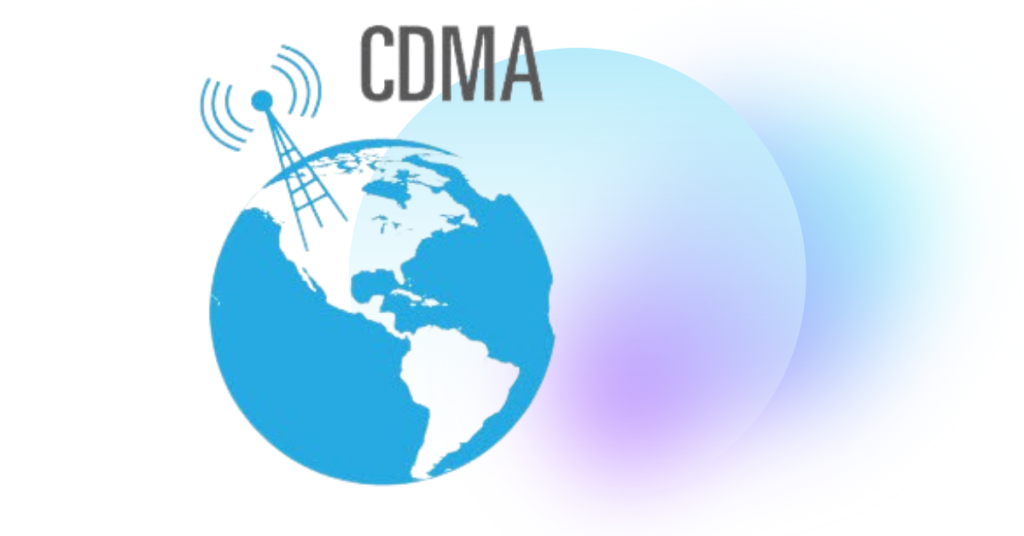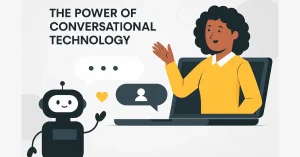(CDMA) This digital cellular technology has been used in mobile communication since the late 1990s. It is a type of multiplexing technique that allows multiple users to access the same radio frequency channel at the same time. CDMA has been widely adopted by mobile phone networks and is now used in many countries around the world. This essay will discuss the advantages of CDMA, its current applications, and its future prospects.
Advantages of CDMA
Code Division Multiple Access offers several advantages over other multiplexing techniques. It is more secure than other technologies, as it uses a unique code for each user, making it difficult for unauthorized users to access the network. It also offers better spectral efficiency, meaning more users can be supported on the same frequency channel. Additionally, CDMA is more reliable than other technologies, as it is less susceptible to interference from other signals. Finally, Code Division Multiple Access is more cost-effective than other technologies, requiring fewer base stations and less infrastructure.
Current Applications of CDMA
Code Division Multiple Access is currently used in many countries worldwide for mobile communication. It is used by major mobile phone networks such as Verizon and AT&T in the United States and by China Mobile and Vodafone in China. Additionally, CDMA is used in satellite communication systems, such as Globalstar and Iridium. It is also used in wireless local area networks (WLANs) and personal area networks (WPANs).
Future Prospects of CDMA
The future of Code Division Multiple Access looks bright. As more countries adopt the technology, it will become increasingly popular and widely used. New technological advances are making Code Division Multiple Access even more efficient and reliable. For example, the development of Orthogonal Frequency Division Multiple Access (OFDMA) has enabled Code Division Multiple Access to support higher data rates and more users on the same frequency channel. Finally, the development of 5G networks will further increase the popularity of Code Division Multiple Access, as it is one of the technologies used in these networks.
Challenges Facing CDMA
Despite its many advantages, Code Division Multiple Access faces several challenges. One of the main challenges is that it is not compatible with other technologies, such as GSM and LTE. Additionally, it is more expensive than other technologies, as it requires more infrastructure and base stations. Finally, it is more susceptible to interference from other signals, which can reduce its reliability.
Conclusion:
In conclusion, Code Division Multiple Access is a digital cellular technology used in mobile communication since the late 1990s. It offers several advantages over other multiplexing techniques, including better security, spectral efficiency, reliability, and cost-effectiveness. It is currently used by major mobile phone networks worldwide and in satellite communication systems, WLANs, and WPANs. The future of CDMA looks bright, as new technological advances make it even more efficient and reliable. However, it faces several challenges, such as incompatibility with other technologies and susceptibility to interference from other signals.





